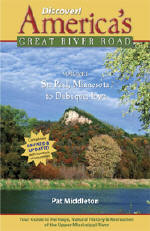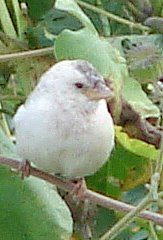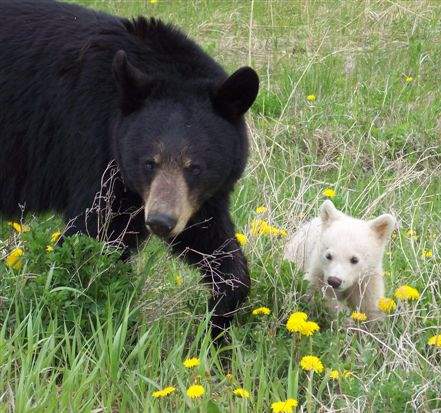We don’t talk a lot about Golden Eagles on www.greatriver.com, because they really are few and far between! But I’ve heard twice now since duck hunting started on the Upper River that they’ve been seen by hunters. They are not black and white like adult Bald Eagles, and they are not mottled as many juvenile bald eagles are… look for the Golden ruff on and below the neck. Let us know if you see them.
Tundra swans are being seen in very small numbers, mostly passing by north of Genoa, Wis. and Brownsville, Mn. These are largely the bachelor swans. Family groups will arrive some time in November, just ahead of ice formation on the river. More at www.greatriver.com/swan.htm
American White Pelicans are still clustering in quiet backwaters. Last year we had an overlap of pelicans and tundra swans in November. More at www.greatriver.com/pelican.htm


 My husband woke me up early today to look at Eagles on the website,
My husband woke me up early today to look at Eagles on the website,  Well, now that our Sandhill Cranes, bluebirds, red-winged blackbirds, Kestrel, and Canada geese are back in the valley, my observations on snow country must suddenly give way to spring. But not before I share some pictures of one of my favorite “collector” items…Every so rarely a genetic WHITE PHASE appears in animals that are normally not white except as albinos. But the two pictures shown here are not albinos, but a “white phase” black bear and a “white phase” sparrow.
Well, now that our Sandhill Cranes, bluebirds, red-winged blackbirds, Kestrel, and Canada geese are back in the valley, my observations on snow country must suddenly give way to spring. But not before I share some pictures of one of my favorite “collector” items…Every so rarely a genetic WHITE PHASE appears in animals that are normally not white except as albinos. But the two pictures shown here are not albinos, but a “white phase” black bear and a “white phase” sparrow.
